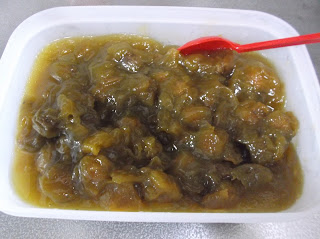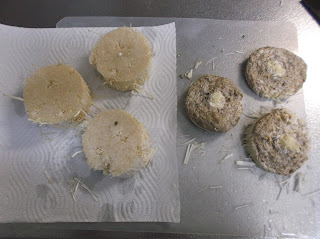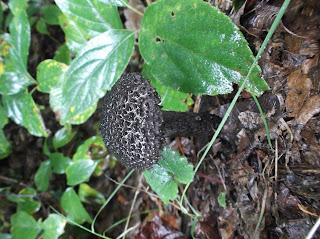On September 16, my son returned home. We went on a mushroom hunt yesterday, although rain was expected all day.
9月16日、息子が帰って来ました。昨日は一日中、雨の予報でしたが、キノコ狩りに行ってきました。
Tamago = Egg
Take = Suffix meaning mushroom
運よく、タマゴタケがいっぱい見つかりました。
Some were too old to eat,
老菌(ろうきん)で食べれないのもあり、
while some were too young.
幼菌(ようきん)もありました。
Young one cut in half
半分に切った幼菌
I thought this was a young tamago take, but
これはタマゴタケの幼菌だと思いましたが、
my son warned me that it was a fly agaric (or amanita) (
Amanita muscaria). We found an adult fly agaric nearby. This mushroom is POISONOUS.
息子が言うには、ベニテングタケだそうです。近くにべニテングタケの成菌(せいきん)がありました。このキノコは毒キノコです。
This particular one was orangish rather than red.
このベニテングタケは、赤というよりオレンジ色ぽいです。
Tamago take is one of the few in the amanita family that are edible.
タマゴタケは、テングタケ科の中で数少ない、食べれるキノコの一つです。
***
The following photos are for my son. Some of them were taken by him.
Photos only, with no explanations
下記の写真は息子用です。一部、息子が撮った写真もあります。
写真だけで、説明はありません。


















































